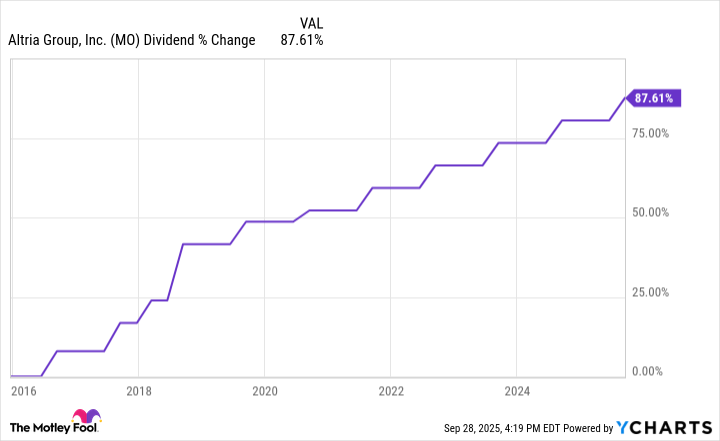 ADVERTISEMENT
ADVERTISEMENT
US futures sank, the dollar slipped, and world shares were mixed after a US government shutdown began on Wednesday.
The partial closure of the federal government is feared to have economic implications if it lasts, and Washington is bracing for what could be a prolonged deadlock. This comes after lawmakers missed the deadline to agree on funding for the government.
Equity markets in Europe were volatile in the morning on Wednesday, as investors reacted to the news from across the Atlantic. Major European stock indexes started trading mostly in negative territory, but the picture fundamentally changed by midday.
“The US government shutdown has left investors wondering what might happen next, with a minor pullback on European equity markets and weaker futures prices for Wall Street,” said Russ Mould, investment director at AJ Bell.
At first, the FTSE 100 in London made an exception of the negative trend, rising 0.7% two hours after the opening, “thanks to a surge in pharmaceutical stocks”.
Soon enough, the German DAX turned its initial loss of 0.3% into a gain of more than 0.3%, just like the CAC 40 in Paris. The IBEX 35 in Madrid was down by nearly 0.2% at around midday.
US futures were mostly down at the same time, with the S&P 500 dropping 0.5%, the Dow Jones Industrial Average slipping 0.5%, and the Nasdaq down 0.6%.
Eurozone inflation ticked up in September
The trend in Europe’s equity markets was also influenced by freshly released eurozone inflation data, showing that prices have increased by 2.2% in September. This is slightly above the European Central Bank’s 2% target, where eurozone inflation had been sitting for the previous three months. Core inflation remained stable at 2.3%, despite services edging up modestly.
“The outlook has not changed and still clearly points to inflation descending thanks to cooling wage growth, low energy commodity prices, a stronger euro, and contained demand-side pressures,” said Riccardo Marcelli Fabiani, senior economist at Oxford Economics.
He added that the September rise in inflation will cement the ECB’s conviction that further easing would be overdue. “Only a strong surprise in inflation could spur a cut this year.”
The US shutdown’s impact on the equity markets
While trading activity was expected to slow in the case of a shutdown in the US, many investors didn’t sell off their holdings.
One explanation is that past US government shutdowns have had a limited impact on the economy and the stock market, and investors may be predicting something similar this time around. Many analysts agree that the market is tuning out the political noise and focusing on the economic fundamentals.
However, if the shutdown lasts, it is expected to prevent the Friday release of a monthly labour market report. This is key for investors and for the Federal Reserve to get a pulse check on the US economy and decide whether to cut interest rates again.
But the stubborn positivity among investors may last, continuing the relentless run the US stock markets have been on since hitting a low in April. The bullish market sentiment is fuelled by expectations that President Donald Trump’s tariffs won’t derail global trade and that the Federal Reserve will cut interest rates several times to boost the slowing job market.
Meanwhile, Tuesday brought mixed reports on the US economy. A Conference Board survey showed consumers are feeling less confident than economists expected, with many respondents pointing to the job market and to stubborn inflation.
A second report suggested the job market may be remaining in its “low-hire, low-fire” state. US employers were advertising roughly the same number of job openings at the end of August as the month before. The hope on Wall Street had been for a moderate number, one balanced enough to keep the Fed cutting interest rates.
The central bank just delivered its first cut of the year, and officials have pencilled in more this year.
Bonds, gold and oil
The US shutdown had a limited impact on US Treasury yields, which rose slightly as European markets opened. This could be explained by the fact that the shutdown had been anticipated and it is not expected to last long.
In other news, gold has struck a new record, with the safe-haven asset hitting $3,918.80 before midday in Europe.
Oil prices reflected concerns, meanwhile, with US benchmark crude oil losing nearly 1% to $61.75 per barrel. Brent crude, the international standard, lost nearly 0.9% to $65.44 per barrel.
The US dollar fell to 147.13 Japanese yen from 147.94 yen. The euro climbed to $1.1745 from $1.1734. The British pound gained slightly, coming to $1.3470.
Shares in Japan slid, rising elsewhere in Asia
In Asia, Japan’s Nikkei 225 index shed 0.9% after the Bank of Japan (BOJ) reported a slight improvement in business sentiment among major manufacturers.
The indications from the BOJ’s quarterly tankan survey raise the odds that the central bank will increase its key interest rate to counter inflation that has topped its target range of about 2% for some time.
Political uncertainty is also looming over Japan’s markets, with the ruling Liberal Democratic Party due to choose a new leader and prime minister later this week to replace embattled Prime Minister Shigeru Ishiba.
Markets and offices in mainland China are closed 1-8 October for the National Day holiday. Elsewhere in Asia, South Korea’s Kospi gained 0.9%, while Taiwan’s Taiex added 0.6% on heavy buying of semiconductor-related shares. Australia’s S&P/ASX 200 slipped less than 0.1%. In India, the Sensex rose 0.6%.





























